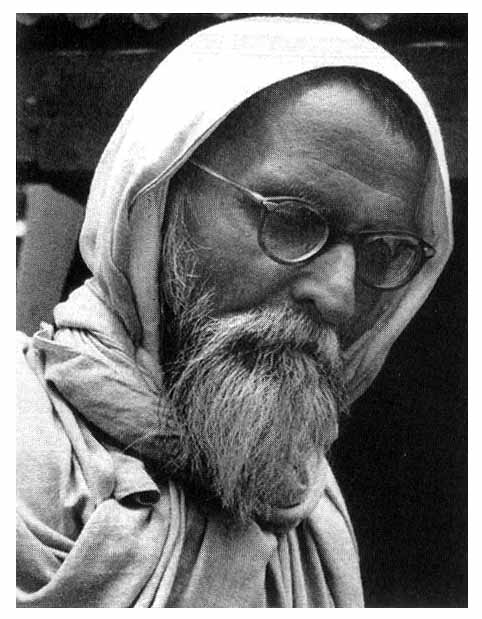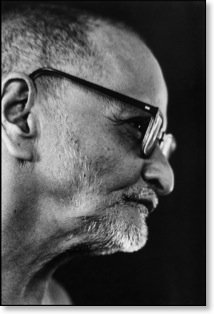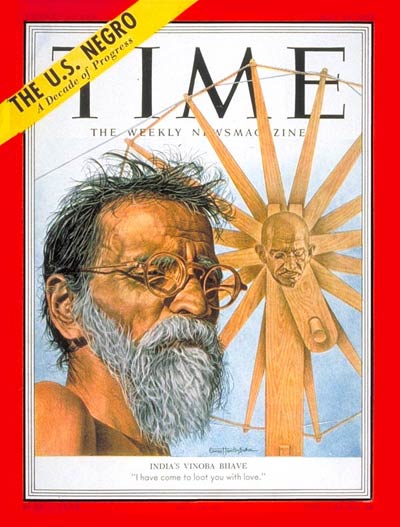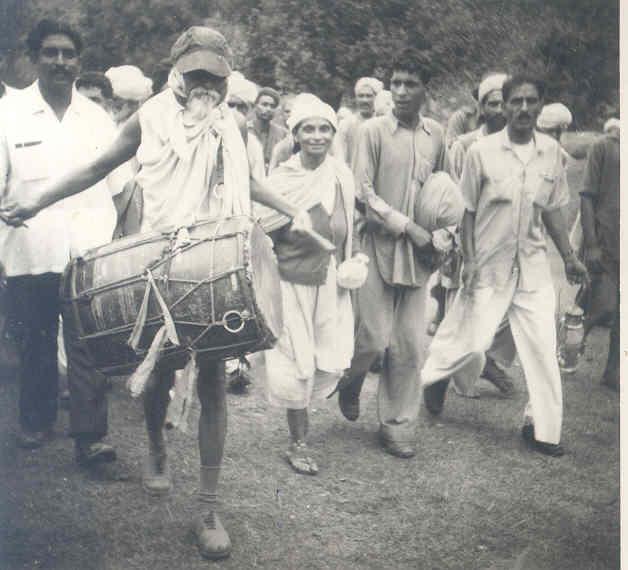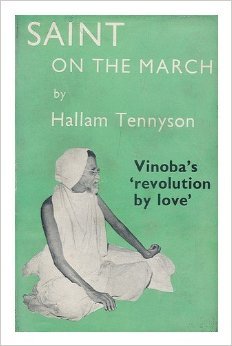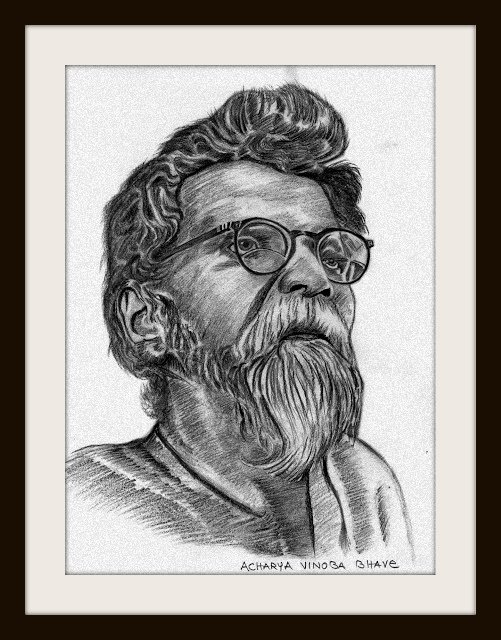(1895-1982)
Acharya Vinoba Bhave was a follower and colleague of Mohandas Gandhi in the nonviolent struggle to free India from British rule. After the Mahatma’s assassination in 1948, Bhave assumed spiritual leadership of Gandhi’s constructive program for developing rural India on the basis of self-reliant villages. In 1951, he started walking across India, asking wealthy landowners to consider him one of their sons and to give him one sixth of their land. He was gifted with hundreds of thousands of acres, which were distributed to the landless poor. He became known as the “Walking Saint of India.”
A few years later, however, realizing that much of this land was being lost by the impoverished individuals who had received it, Bhave began insisting that donated land be given in the future to village trusts. The Land Gift (Bhoodan) Movement was transformed into the Village Gift (Gramdan) Movement, with lands leased out to small farmers by village elders. By the early 1960s, when Ralph Borsodi was living and teaching in India, Bhave’s movement had begun to ebb, but thousands of Gramdan villages were still flourishing. Inspired by Bhave’s work, Borsodi returned to his own country in 1966, determined to initiate a “Gramdan Movement in America.”
Further Reading
Chester Bowles, The New Dimensions of Peace (Greenwood Press, 1955).
Mohandas K. Gandhi, Trusteeship (Ahemadabad, India: Navajivan Trust, 1960).
T. K. Ooman, Charisma Stability And Change: An Analysis of Bhoodan-Gramdan Movement in India (Thomson Press, 2001).
V. Raghunathan, Biographical Sketch of Acharya Vinoba Bhave (Raj Publications, 2006).
Mark Shepard, “The King of Kindness: Vinoba Bhave and His Nonviolent Revolution,” in Gandhi Today: A Report on Mahatma Gandhi’s Successors (Seven Locks Press, 1987). Reprinted in The Community Land Trust Reader, John Emmeus Davis, ed.), (Cambridge, MA: Lincoln Institute of Land Policy, 2010).
Hallam Tennyson, The Saint on the March (Gollancz, 1955).

